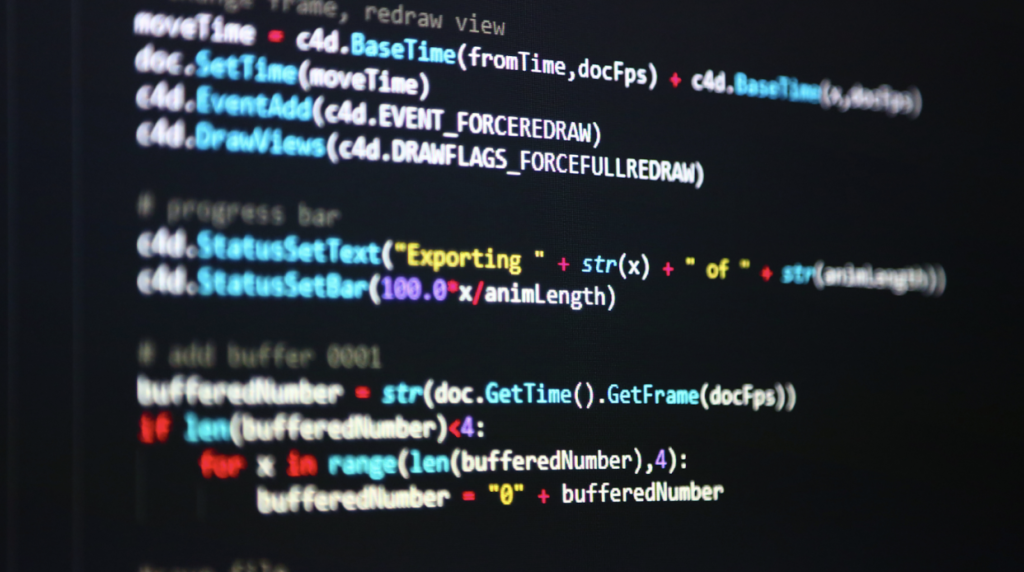Analyzing casino odds isn’t just number-crunching; it’s a tug-of-war with probability, randomness, and outcomes that don’t always behave. Python helps, maybe more than most tools, because it gives you a quick way to poke at these systems from different angles. With libraries like random, numpy, and pandas, you can peel back the mechanics of games such as slots, blackjack, and roulette. Write a few scripts, simulate a few thousand trials, and suddenly you’re staring at probabilities and long-run strategy curves that feel uncomfortably honest. It’s not magic, just reproducible experimentation. And yes, the takeaway often nudges you toward the same truth: the casino tends to keep a quiet edge.
Probability Calculations in Python
Python makes probability work feel approachable, almost too approachable. Start with toy cases: coin flips, roulette spins. (Okay, a coin flip is 0.5; bad example if you’re thinking 0.25. so imagine any 25% event instead.) Converting a probability of 0.25 into decimal odds gives 4.0, which is a neat sanity check, not a guarantee of profit. When considering slots, the trick, if we can call it that, is mapping payout tables to the chance of specific symbol combinations, then rolling that up into expected value. A tutorial from Tensor Science mentions a calculate, decimal, odds helper, which, if nothing else, keeps the arithmetic clean and repeatable. You might find that simple, transparent functions are the ones you actually trust.
Simulating Bets and Outcomes
Then there are simulations, the part most people enjoy because it feels like the real thing. With random, you can fake a roulette spin or a dice roll, and it’s good enough to see trends over many trials. A small script, some folks name it simple_bettor, tracks a bankroll across a series of wagers and shows where the money drifts. It’s not glamorous, but those bankroll curves tell a story: volatility up close, gravity over time. It’s not glamorous, but those bankroll curves tell a story: volatility up close, gravity over time. A guide from Python Programming Examples Tutorials makes a similar point, suggesting that these runs help visualize how the house advantage, while subtle in the short term, tends to assert itself.
Monte Carlo Simulations for Deeper Insights
If you want more texture, variance, drawdowns, random walks, Monte Carlo tends to be the workhorse. Run thousands (or millions, if you’re patient) of simulated bets and watch distributions of profit and loss take shape. Patterns emerge, though not always the ones you hoped for. Some strategies look promising for a stretch and then unravel under longer horizons, which is, frankly, the whole reason to test them this way. Studies and playbooks vary, but the general insight holds: Monte Carlo exposes the tails and the traps.
House Edge and Statistical Evaluations
The house edge is the quiet constant. For roulette, you can compute RTP and the edge by enumerating outcomes and weighting the payouts, Python makes that bookkeeping tolerable. From there, estimate expected loss per bet and, crucially, how bumpy that loss gets. Strategy evaluation leans on numpy and pandas: vectorized math, grouped results, rolling windows, whatever helps measure strike rate, profit on turnover, and whether any of it is statistically persuasive rather than luck. Betfair Data Scientists have written about this style of analysis, and while the metrics shift by game, the caution stays the same.
Python can be a remarkably handy lens for this world, scripts for probabilities, notebooks for simulations, quick plots for intuition. Just remember, the numbers don’t bend to willpower. If you’re experimenting, do it with limits, and treat the results like guideposts rather than promises. And if the spins or streaks start to feel a bit too compelling, that’s probably your cue to step back.

